Articles
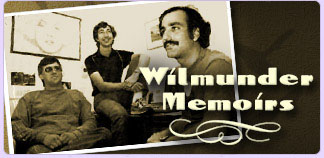
Wilmunder Memoirs Page Two
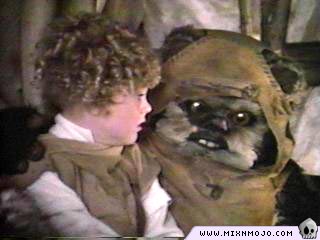
During this first year, LucasFilm Games was located in industrial San Rafael in a non-descript office park across the street from Industrial Light & Magic, George Lucas' special effects company. We were able to walk through the sets during lunch, and occasionally watch outdoor sets being built or catch effects being filmed on the giant indoor blue-screen. Occasionally there would be a casting call for extras needed for various productions and one summer Ron was an extra in The Ewoks Adventure: Battle for Endor. Ron commented about how cheap the costumes were for the extras. They looked like foil hot-dog wrappers held on with rubber bands. The lesson learned was that you put your effort up front where everyone sees it, and don't worry too much about the noise in the background.
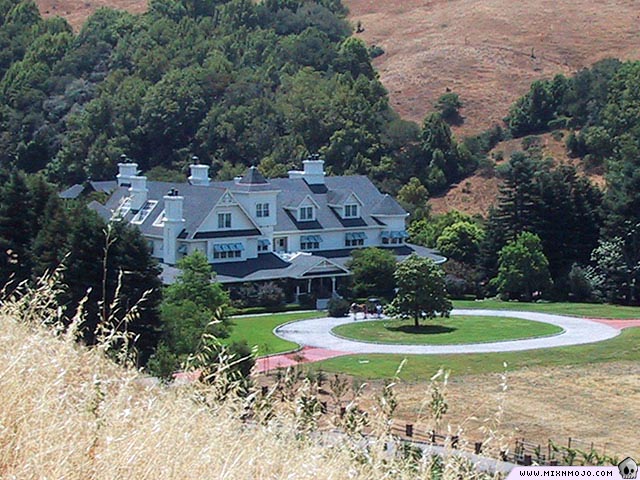
Our first summer, Ron and I both played softball on the company's co-ed team. Games were played at Skywalker Ranch, and this was our first opportunity to see where our new offices were being built. Skywalker was a huge 6000-acre facility that contained George's private offices, Sprocket Systems (later renamed Skywalker Sound), Licensing, Legal, and LucasFilm Games. We were set up in the back of the Ranch in what is known as the Stable House, a rustic building that fit our style pretty well. All of the other buildings were decked out with oak or redwood trimmings, while ours was rough-hewn timbers throughout.

When George first built the Ranch, he started by creating a story, a fantasy really, but this helped both he and the architects to create a facility that felt as if it had a history. The original story was that a sea captain had decided to marry and settle down. He raised cattle and grapes, built the Main House and later had three daughters. He built houses for each of his daughters, and continued to expand the Main House as he became more successful. Behind the Main House, there was the Gate House, the Brook House, the Carriage House, and the Stable House. Later, guesthouses were also built near the front of the property. Connecting all of these buildings was an underground garage that could house nearly a hundred autos. This wasn't part of the fantasy, but George's goal was to make the exterior appear as un-trodden as possible. The Tech Building, that houses Skywalker Sound, was designed as if it were a grape processing plant, including a main entrance that looks as if train cars filled with grapes used to enter the building for processing. Inside, it was a technological tour-de-force, with enough facilities to allow editing of four major film features simultaneously.
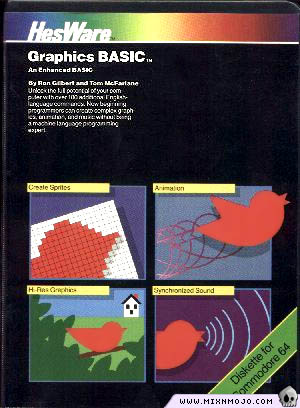
The Ranch was where SCUMM was first built, but its origins actually went back a number of years. Ron started his career by writing a program called Graphics Basic for HES, Human Engineering Software. Ron's program was written for the C-64 and was an extension of the BASIC programming language cartridge. Ron had reverse-engineered the cartridge and found that he could add new commands to the language. He then proceeded to add a number of graphics capabilities to BASIC allowing entry level programmers to exploit the capabilities of the machine. This was where Ron first learned of the power of 'interpreted languages' and this became the core of the SCUMM engine.
There are two main families of computer languages, Compiled and Interpreted. Compiled languages are languages that when written are converted into the op-codes or specific commands that are executed by a given processor. Codes compiled for an IBM machine will only work on that machine, and not on an Apple Mac. Interpreted languages are processed and then turned into a series of codes that instead of the machine executing each instruction, a program is written that reads each instruction, and then decides what each instruction is intended to do. While this method is slower than compiled languages, these 'Scripts' can be run on a wide variety of machines, and are often much more robust, since if they misbehave, your program can catch the problem, where other programs might crash the computer.
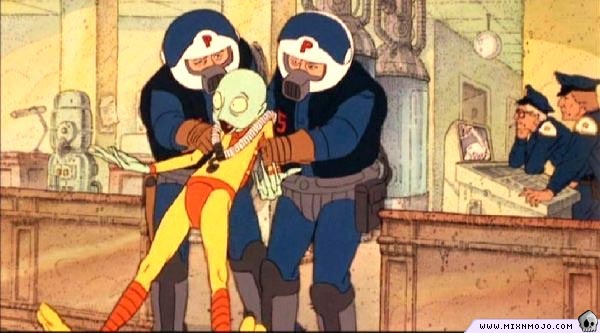
Now that you've had your computer lesson for today, the first thing that Ron needed was a game design to drive the technological development. Ron's first effort was titled I Was a Teenage Lobot. This design was inspired by one of the segments in the original Heavy Metal movie. In the movie, a guy is being tried on a rather peculiar space station. Instead, in Lobots, you had already been tried, found guilty, and punished. The judge's reaction being, "If you weren't guilty, you wouldn't be here!" In this future, robots had been tested, and they just didn't have the computer power to work successfully. Scientists had found that if you took the 'Grey Matter' from lobotomized humans and placed it into a regular robot, you could get pretty good servants. In your case, your brain had been removed from your body and placed into a 'shoe-bot', but they hadn't bothered to lobotomize you beforehand. Your carcass was still around, and your goal was to locate your body and get your brain rejoined with it before your body was turned into dog meat. The good news was that you had a friend out there somewhere; otherwise your brains would have been scrambled. The bad news was that you were a shoe-bot, restricted to only certain parts of the station.
This project was classic Ron at his best. Unfortunately, something came up, and the design was shelved. A short time later, Ron teamed up with Gary Winnick and the design for Maniac Mansion began.
Next week... SCUMM, Maniac Mansion, and beyond...